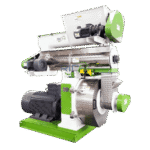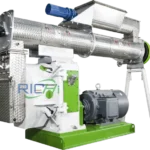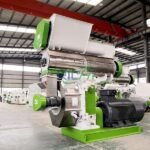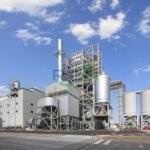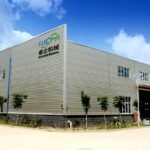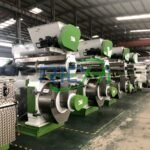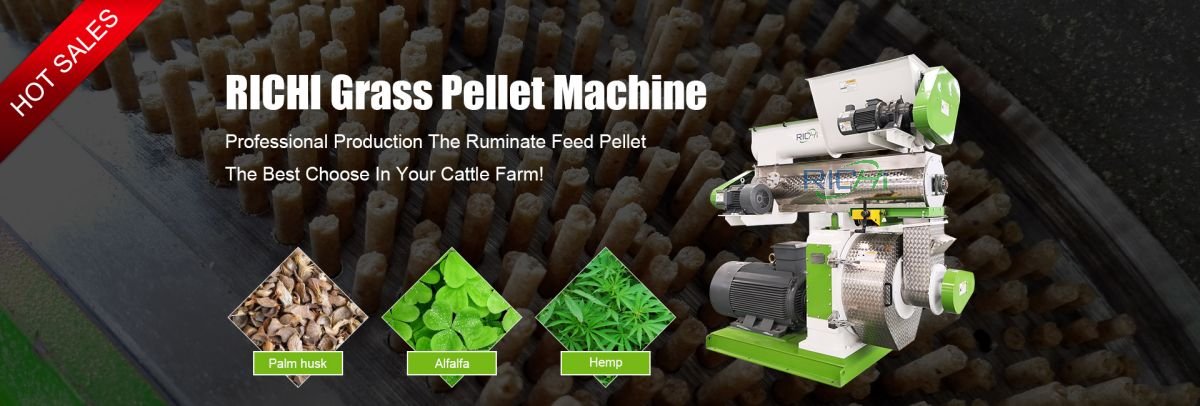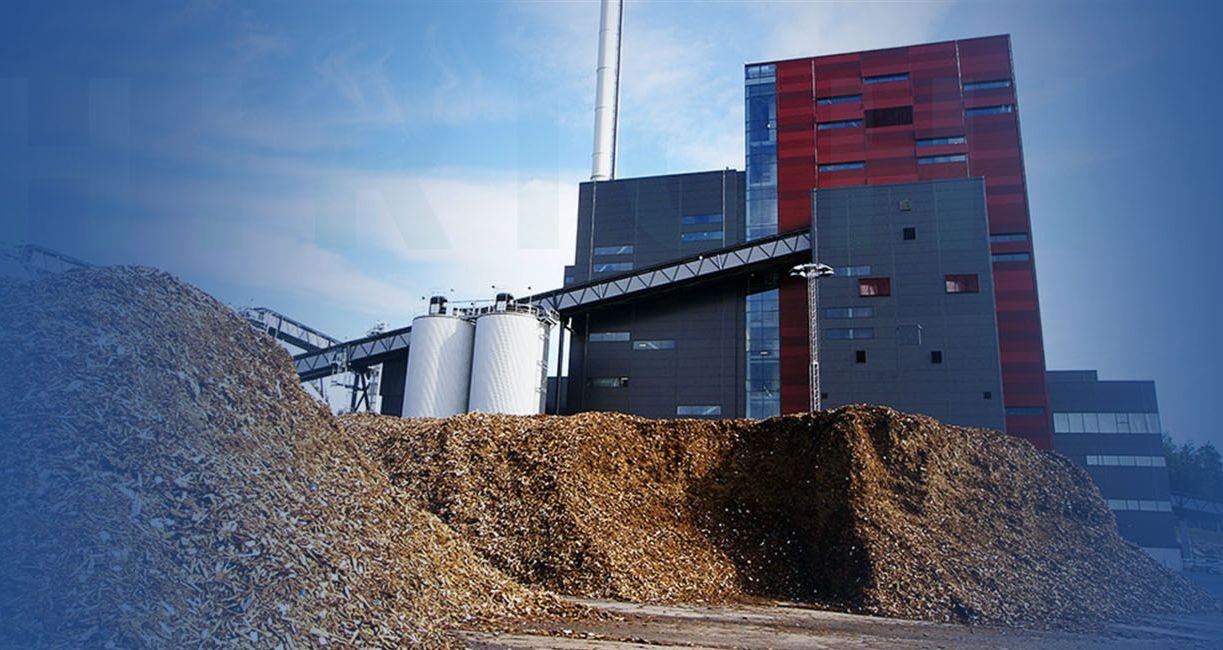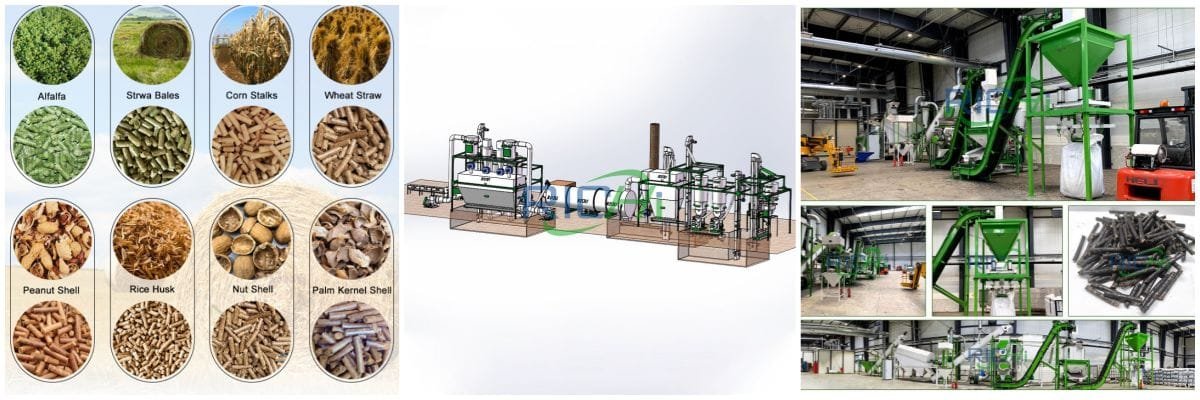The Grass Pellet Machine, primarily designed for processing grass into compact pellets, has garnered interest for its potential application in broader feed production. As the animal feed industry continually seeks efficient and versatile equipment, the question arises: Can the Grass Pellet Machine be effectively used as a feed pellet machine? This article explores the feasibility, advantages, challenges, and considerations of using Grass Pellet Machines for feed pellet production.
Understanding Grass Pellet Machines
Before delving into their potential as feed pellet machines, it’s important to understand the basic design and function of Grass Pellet Machines:
- Primary Purpose: These machines are specifically designed to compress and extrude grass into uniform pellets.
- Components: Typically include a hopper, die, rollers, and a cutting mechanism.
- Process: The grass is compressed through a die by rollers, forming it into pellets that are then cut to the desired length.
Adaptability for Feed Pellet Production
While Grass Pellet Machines are optimized for grass, many models demonstrate significant adaptability:
- Similar Materials: These machines can often process materials similar to grass, such as hay or straw, which are common components in animal feed.
- Adjustable Settings: Many modern machines offer adjustable die sizes and roller pressures, allowing for some customization of the pelletizing process.
- Versatility in Raw Material Processing: Some models can handle a variety of fibrous materials, which is beneficial for diverse feed formulations.

Types of Feed Potentially Producible
Depending on the specific model and its features, a Grass Pellet Machine might be able to produce various types of feed pellets:
- High-Fiber Feed Pellets: Ideal for ruminants like cattle and sheep.
- Forage-Based Pellets: Suitable for horses and other herbivores.
- Rabbit Feed Pellets: Given rabbits’ high-fiber diet requirements.
- Poultry Feed Supplements: Particularly grass-based supplements for free-range poultry.
- Specialty Livestock Feed: For animals requiring high-fiber diets.
Advantages of Using Grass Pellet Machines for Feed Production
Adapting Grass Pellet Machines for feed pellet production offers several potential benefits:
- Cost-Effectiveness: Utilizing one machine for multiple purposes can be economically advantageous, especially for small to medium-scale operations.
- Versatility: The ability to produce both grass pellets and certain types of feed pellets increases operational flexibility.
- High-Fiber Feed Production: Excellent for producing high-fiber feeds, which are essential for many livestock diets.
- Improved Feed Storage and Handling: Pelletized feed is easier to store, transport, and handle compared to loose feed materials.
- Reduced Feed Waste: Pellets can reduce feed waste during animal consumption.
- Enhanced Digestibility: The pelletizing process can improve the digestibility of fibrous materials.
Challenges and Considerations
While Grass Pellet Machines show potential for feed pellet production, several challenges and considerations must be addressed:
- Nutritional Balance: Grass Pellet Machines may not be designed to incorporate the variety of ingredients needed for nutritionally balanced feed formulations.
- Ingredient Mixing: These machines might lack sophisticated mixing capabilities required for complex feed formulations.
- Protein and Fat Content: Processing materials with high protein or fat content, common in many feed formulations, may be challenging for machines designed primarily for fibrous materials.
- Pellet Quality Standards: Ensuring that pellets meet the specific quality and durability standards required for commercial animal feed can be challenging.
- Regulatory Compliance: Feed production is subject to strict regulations, which the Grass Pellet Machine may not inherently be designed to meet.
- Production Capacity: The output for diverse feed ingredients may be lower than the machine’s rated capacity for grass.
Modifications for Feed Pellet Production
To enhance a Grass Pellet Machine’s suitability for feed pellet production, several modifications might be considered:
- Die Modifications: Using dies with different hole sizes and patterns to accommodate various feed materials.
- Conditioning Systems: Adding or modifying conditioning systems to prepare diverse feed ingredients for pelletizing.
- Mixing Capabilities: Incorporating pre-mixing or in-line mixing systems to handle varied feed formulations.
- Temperature Control: Enhancing temperature control features to process a wider range of feed ingredients effectively. (Related post: straw pelleting machine)
Case Studies and Expert Opinions
While specific case studies of using Grass Pellet Machines for commercial feed production are limited, some experts in the field suggest that with proper modifications, it is feasible for certain types of feed. For instance, a feed mill engineer stated, “With the right adjustments to grinding, mixing, and pelleting components, a grass pellet machine could potentially be used for high-fiber animal feeds or simple grain mixes. However, it would likely be most suitable for basic feed formulations rather than complex, multi-ingredient feeds.”
A small-scale farmer reported success in producing rabbit feed using a modified grass pellet machine: “We adjusted the die size and added a small mixer. It works well for our high-fiber rabbit feed, though we had to experiment with the formulation to get the pellets to bind properly.”
Best Practices for Adaptation
For those considering using a Grass Pellet Machine for feed pellet production, consider the following best practices:
- Start with Simple Formulations: Begin with high-fiber, grass-based feed formulations that are closest to the machine’s original purpose.
- Gradual Experimentation: Slowly introduce new ingredients and monitor pellet quality and machine performance.
- Consult Experts: Work with animal nutritionists and equipment specialists to ensure feed quality and machine compatibility.
- Regular Maintenance: Increase maintenance checks when processing diverse materials to ensure machine longevity.
- Quality Control: Implement rigorous quality control measures to ensure consistent feed quality.
Conclusion
The Grass Pellet Machine shows potential for use as a feed pellet machine, particularly for producing high-fiber feeds and simple feed formulations. Its ability to process fibrous materials efficiently aligns well with certain feed production requirements, especially for ruminants and other animals with high-fiber dietary needs.
However, the adaptation of Grass Pellet Machines for comprehensive feed pellet production requires careful consideration. Factors such as nutritional balance, ingredient mixing capabilities, regulatory compliance, and pellet quality standards must be thoroughly evaluated. While these machines offer advantages in terms of versatility and efficiency in processing fibrous materials, they may not be suitable for all types of feed production, particularly complex, multi-ingredient formulations.
For operations considering using a Grass Pellet Machine for feed pellet production, it’s crucial to assess their specific feed production needs, consult with equipment manufacturers about potential modifications, and possibly start with small-scale trials. The success of such an adaptation will largely depend on the types of feed being produced and the willingness to invest in necessary modifications and quality control measures.
Ultimately, while Grass Pellet Machines can be adapted for certain types of feed pellet production, they are most likely to be successful in niche applications or as complementary equipment in feed mills rather than as primary feed production units. For large-scale, diverse feed production, dedicated feed pelleting equipment might still be the most efficient and effective solution. However, for operations looking to produce specific types of high-fiber feeds or to diversify their product offerings, the adaptation of Grass Pellet Machines for feed production presents an interesting and potentially valuable opportunity.
